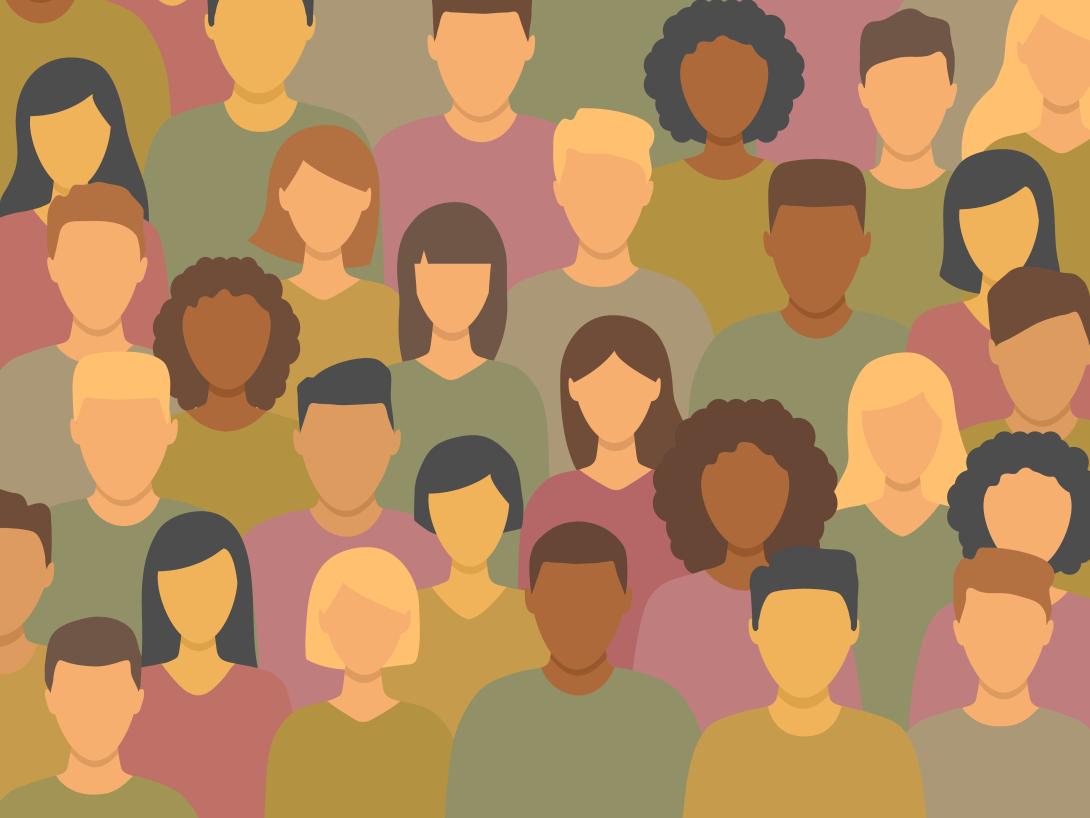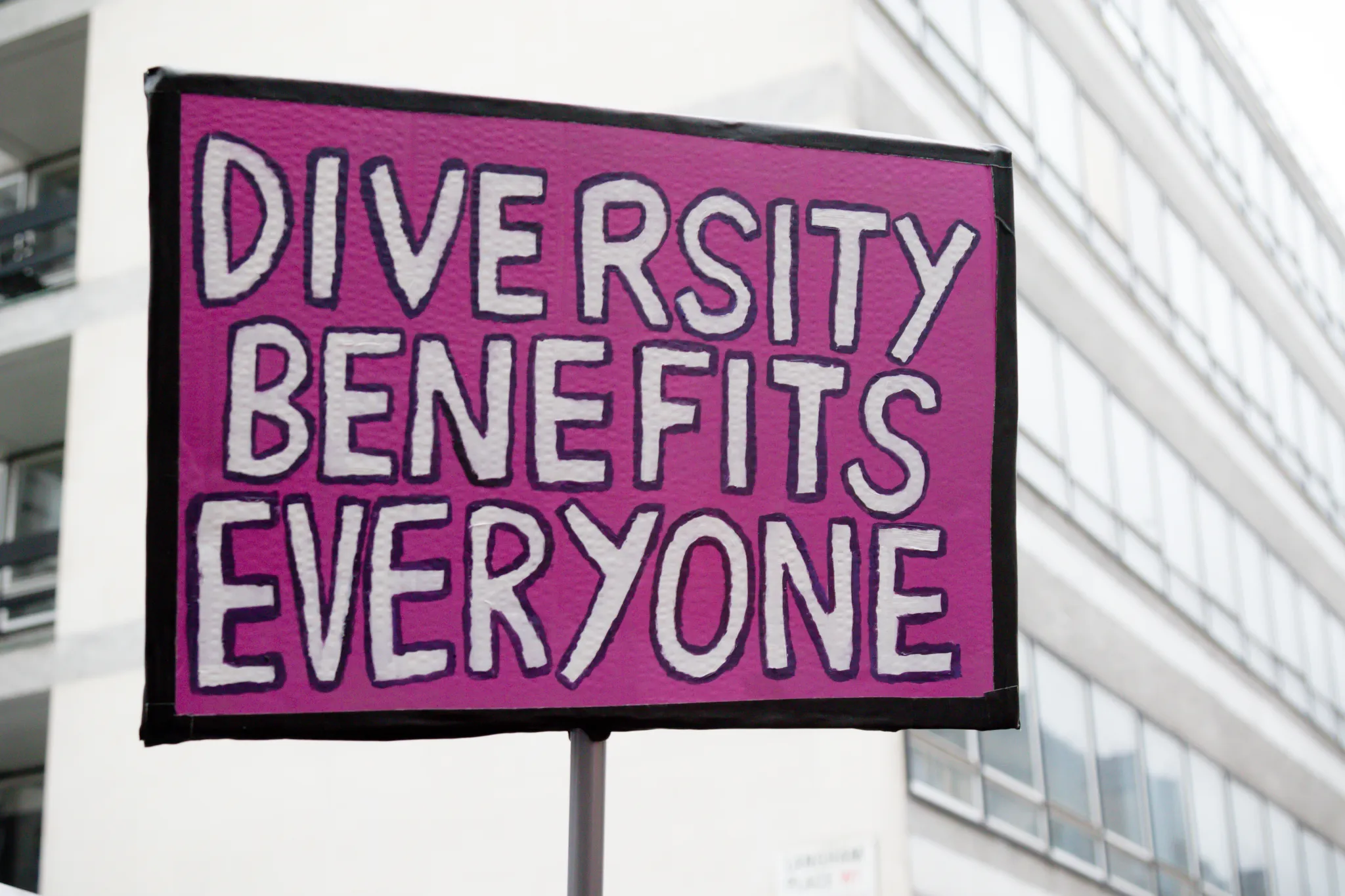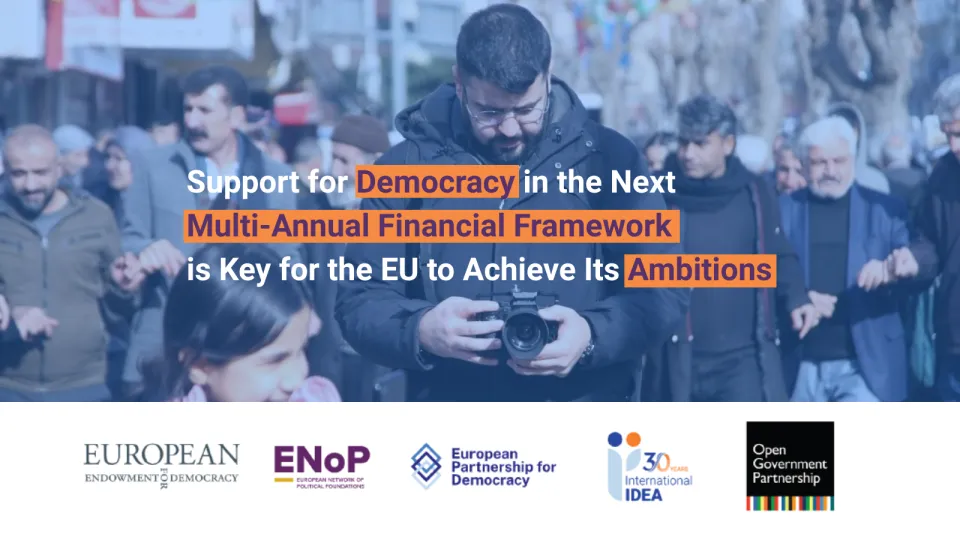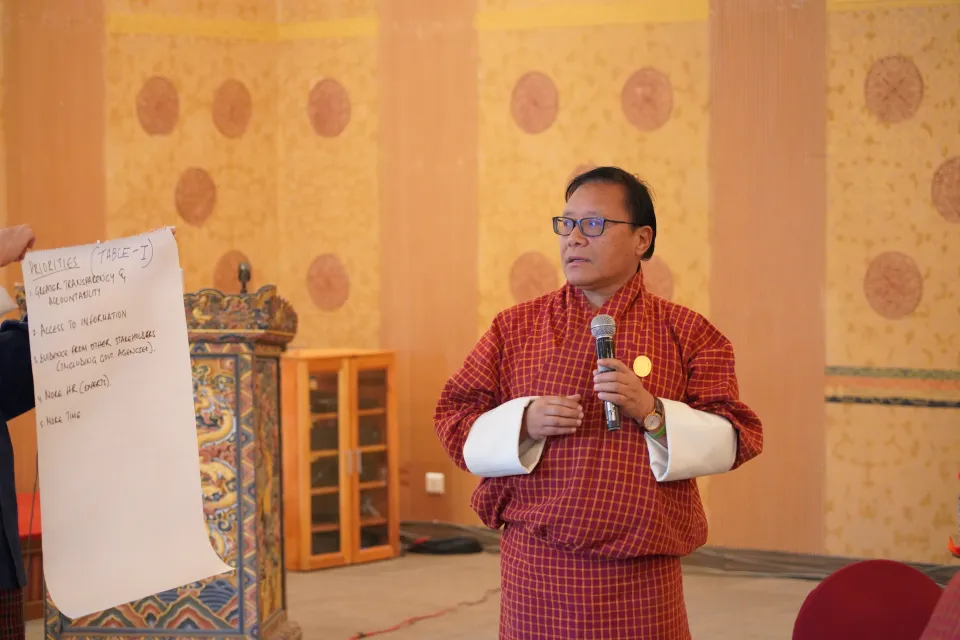

Disclaimer: Opinions expressed in this commentary are those of the authors and do not necessarily represent the institutional position of International IDEA, its Board of Advisers or its Council of Member States.
For monthly-updated information on democracy and human rights developments in 173 countries, visit the Democracy Tracker. For all our data and analysis, visit the Global State of Democracy Initiative.
During his address to the US Congress on 6 March 2025, President Donald Trump declared the end of the ‘tyranny’ of diversity, equity and inclusion (DEI); the end of ‘woke’ in the United States of America. One would not ordinarily associate ostensibly positive values like diversity, equity and inclusion with despotism. Aren’t initiatives that acknowledge the existence of structural discrimination and a disparity of opportunities for people from marginalized communities good for democracy? So why the efforts to erase DEI?
What is the meaning and purpose of DEI?
In the United States, DEI refers to policies and procedures through which peoples’ backgrounds, experiences and social identities are embraced and recognized as valued contributions to the workplace and schools. Diversity acknowledges and welcomes people’s differences and their distinct lived experiences as positive inputs. Equity entails the consideration of peoples’ particular circumstances to achieve fairness, and has the goal of attaining equal outcomes. Inclusion is achieved when all people, especially underrepresented voices, are respected and encouraged to participate, share their viewpoints, and take part in decision-making processes.
DEI seeks to counterbalance historical processes of exclusion and marginalization and contribute to leveling the playing field for all people, regardless of their gender, race, ethnicity, religion, sexual orientation, physical ability, belonging to a minority or marginalized group or any other category of difference. And ‘leveling the playing field’ means recognizing that, despite current legal protections for equality, some people continue to face discrimination, are still underrepresented in elite schools and workplaces, are more likely to be unemployed, receive lower wages and disproportionately suffer from poorer access to services.
How long has DEI existed, and where did it come from?
The origins of DEI in the United States can be traced to the Civil Rights movement and the emergence of affirmative action. The Civil Rights movement propelled the adoption of the 1964 Civil Rights Act, the establishment of the Equal Employment Opportunity Commission and the adoption of affirmative actions to increase employment possibilities for Black Americans who, due to centuries of slavery and segregation, continue to suffer immeasurable harms and discrimination.
The pushback to these measures was strong from the beginning, including in the form of so-called ‘reverse discrimination’ lawsuits (United Steelworkers of America v. Weber and Regents of the University of California v. Bakke, for example). Decades later, the murder of George Floyd and the Black Lives Matter movement catalyzed the mainstreaming of DEI in universities and corporations.

Why are diversity, equity and inclusion important for democracy?
For democracy to function and thrive, all people must have the opportunity to fully engage in public and political life, and to hold their governments to account. This depends on more than elections. Democracy may be defined in terms of the principles of popular control over decision-making and government, and political equality, which entails citizens’ ‘equal right to have their voices heard, and be given equal consideration in the formulation of public policy.’ The latter principle depends on factors that contribute to empowerment: equal access to opportunities for education, employment, housing and social mobility, freedom from discrimination in law and in fact, among others.
Racial inequality is manifested in lower access to quality education, less safe communities, and other factors that hinder success in employment and schools. It also results in high poverty rates for minority communities, which then hinder access to power and to the political sphere.
DEI counterweighs the obstacles in accessing power and resources for people of marginalized communities, and thus addresses substantive democratic deficits.
Why is there a backlash against DEI in the U.S.?
A cultural and political backlash to DEI has been brewing for some time now. Some view affirmative action and DEI as going too far and constituting ‘reverse discrimination’. Such discourse promotes an understanding of ‘color blind’ policies that, beyond being oblivious to historic and current forms of discrimination, actually negate the struggles of marginalized communities. These narratives co-opt the language of equality and anti-discrimination to curb progress towards racial justice. But the anti-DEI discourse fails to acknowledge that equal treatment in a context of structural disadvantage perpetuates inequality. Treating people in identical ways is not the same as every person having equal voice.
How have institutions been involved?
In abolishing affirmative action in college admissions in 2023, the US Supreme Court in Students for Fair Admission v. Harvard essentially endorsed the view that race-conscious balancing measures constitute unlawful discrimination, opening the door for more claims of ‘reverse discrimination’ in workplaces (such as anti-straight discrimination), grounded on supposedly colorblind interpretations of the law.
But so far, the greatest blow to DEI has come from the executive branch. Executive orders to end all DEI programs in government, withholding funds from universities over their DEI initiatives, the use of the Equal Employment Opportunity Commission to investigate ‘DEI-related discrimination’, and directives to scrutinize law-firms, companies and even contractors based abroad has had a chilling effect. Companies and universities have started to walk back their DEI commitments.
What now?
DEI has also faced criticism from diversity allies, who have expressed concern for the ‘performative’ use of DEI, tokenism, or the exclusion of some (such as Jewish students) from related policies. Some have noted the need to re-think DEI through measures that promote socio-economic, and not only racial diversity. Others suggest replacing it completely with more comprehensive ways to achieve social, economic and racial justice, emphasizing how empowerment might be the most important tool to attain the objectives of DEI without these being subject to ‘elite capture’ .
A good starting point could be to rethink the notion of DEI as a process that necessarily should be accompanied by community and solidarity-based efforts. Perhaps the best way forward is one that promotes the uplifting of marginalized groups by prioritizing actions based on those groups’ deliberations and on the priorities of the grass-roots partners that amplify their voices.





